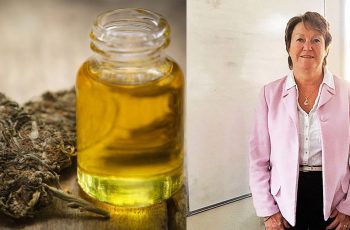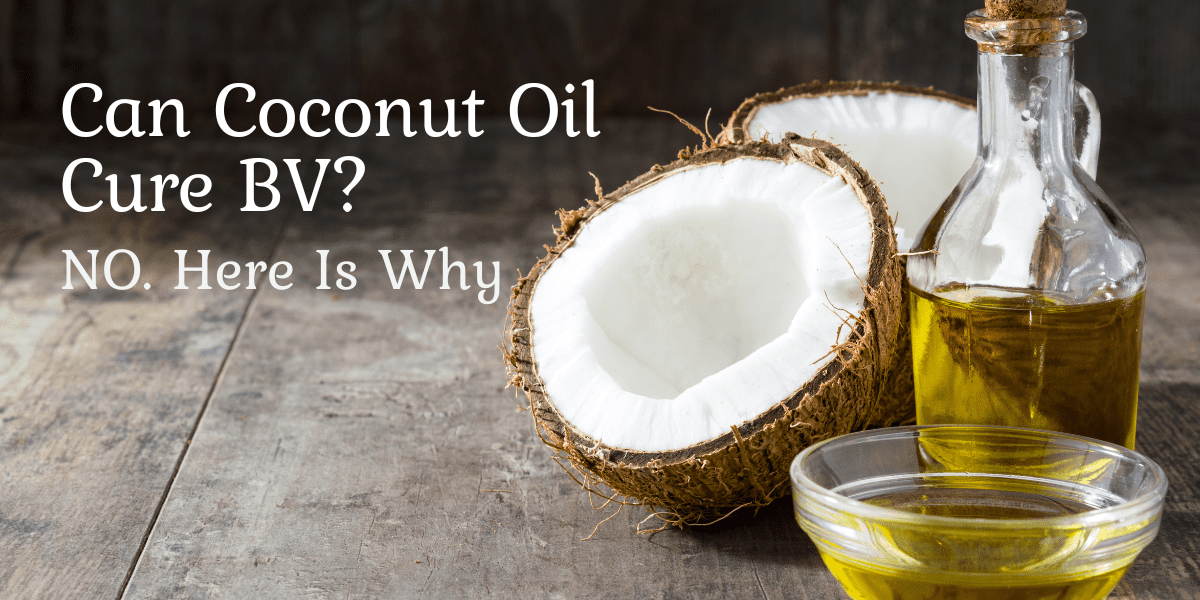
Bacterial vaginosis (BV) is a common and often mild vaginal infection that can cause an abnormal vaginal discharge. The discharge is usually thin, white, or gray. It can have a fishy odor, especially after sexual intercourse. Left untreated, it can increase the risk of developing other infections, such as chlamydia and gonorrhea.
What Causes Bacterial Vaginosis?
Bacterial vaginosis occurs when there is an overgrowth of bacteria in the vagina. This overgrowth can be due to a number of different factors, including Douching – Douching can disrupt the natural balance of bacteria in the vagina.
Being Pregnant – during pregnancy, the levels of good bacteria in the vagina decrease while the levels of bad bacteria increase.
Birth control – using birth control methods such as intrauterine devices or diaphragms can also lead to an imbalance in vaginal bacteria.
Antibiotics – taking antibiotics can kill both good and bad bacteria.
Having multiple sexual partners – having multiple sexual partners can increase your risk of contracting bacterial vaginosis.
Vaginal Products – using vaginal products such as douches or scented soaps can also disrupt the balance of bacteria in the vagina.

Signs and Symptoms of Bacterial Vaginosis
Bacterial vaginosis (BV) is a common but often misunderstood vaginal infection. Though it’s similar to a yeast infection in that both can cause discharge and irritation, a BV infection is caused by an overgrowth of harmful bacteria in the vagina. Left untreated, BV can lead to serious health complications, so it’s important to be able to recognize the signs and symptoms of the infection.
1. Itching and Burning
One of the first things you might notice if you have a BV infection is itching and burning around your vulva and inside your vagina. This irritation is usually most pronounced after you’ve engaged in sexual activity or used an intrauterine device (IUD) for birth control.
2. Unusual Discharge
Another telltale sign of a BV infection is a change in your vaginal discharge. Your discharge may become watery or foamy, and it may start to smell fishy—even when you’re not having sex. You may also notice that your discharge is thinner than usual or that it’s changed color, appearing either white or gray.
3. Painful Urination
If you’re experiencing any pain, burning, or itching when you urinate, it could be a sign that you have a BV infection. This pain may become worse as your infection progresses and more harmful bacteria begin to grow in your vagina.
4. Painful Sex
BV can also cause discomfort during sexual intercourse. You may feel burning and itching around your vulva as well as deep pain in your pelvic region. In severe cases, sex may even become impossible due to the inflammation caused by the infection.
5. Swelling Around Your Vulva
Another possible symptom of bacterial vaginosis is swelling around your vulva—the external portion of your genitals. This swelling can cause your labia (the “lips” around your vagina) to become red and tender to the touch. If you notice any swelling, redness, or tenderness around your vulva, it’s important to see a doctor as soon as possible so they can rule out other potential causes like an allergic reaction or sexually transmitted infection (STI).

Treatment for Bacterial Vaginosis
Treatment Option #1: Antibiotics
One of the most effective ways to treat bacterial vaginosis is with antibiotics. Antibiotics can help kill the bacteria that are causing the infection and relieve symptoms like itching, burning and discharge. If you’re prescribed antibiotics for bacterial vaginosis, be sure to take them exactly as directed by your doctor.
Treatment Option #2: Probiotics
Probiotics are live microorganisms that can help restore the balance of good bacteria in your vagina. Probiotics are available in supplement form or in foods like yogurt and sauerkraut. Some studies have shown that probiotics may help reduce the risk of recurring bacterial vaginosis infections.
Treatment Option #3: Topical Creams or Gels
There are a number of topical creams and gels that can be used to treat bacterial vaginosis. These products typically contain an antibiotic or probiotic that helps kill the bacteria causing the infection. Some of the most popular brands include Vagisil, Femstat, and Monistat.

How Can You Prevent Bacterial Vaginosis?
There are a few things you can do to lower your chances of getting BV or other vaginal infections:
- Limit your number of sexual partners. The more partners you have, the greater your risk of developing an infection. If you do have multiple partners, make sure to use condoms every time to reduce your risk.
- Don’t douche. Douching changes the normal pH balance in your vagina and can eliminate good bacteria that protect against infection.
- Avoid using perfumed soaps or scented pads, or tampons in the vaginal area as they can also disrupt pH balance. Only use mild unscented soap on the outside of your vagina during a shower.
- Never put soap inside your vagina!
- Wipe from front to back after going to the bathroom to avoid spreading bacteria from the anus to the vagina or urethra.
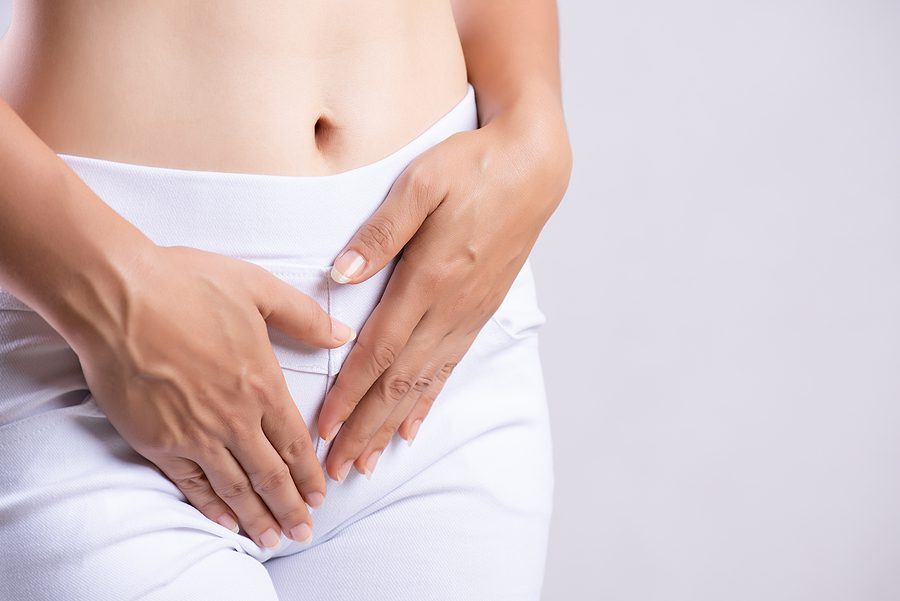
How Coconut Oil Can Be Used to Treat Bacterial Infections
Coconut oil is a natural remedy that can be used to treat a wide variety of ailments. One of the most common uses for coconut oil is treating bacterial infections. Coconut oil has powerful antibacterial properties that can fight infection-causing bacteria. In addition, coconut oil can also help to soothe the skin and promote healing.
Coconut oil is composed of saturated fatty acids, which have antimicrobial properties that can kill harmful bacteria. In one study, researchers found that coconut oil was effective in killing bacteria that cause dental cavities and plaque formation. Coconut oil has also been shown to be effective in treating ear infections, urinary tract infections, and wound infections.
In addition to its antimicrobial properties, coconut oil also has anti-inflammatory properties that can help reduce swelling and pain associated with bacterial infections. Coconut oil can also help boost the immune system, which can further help fight off bacterial infections.
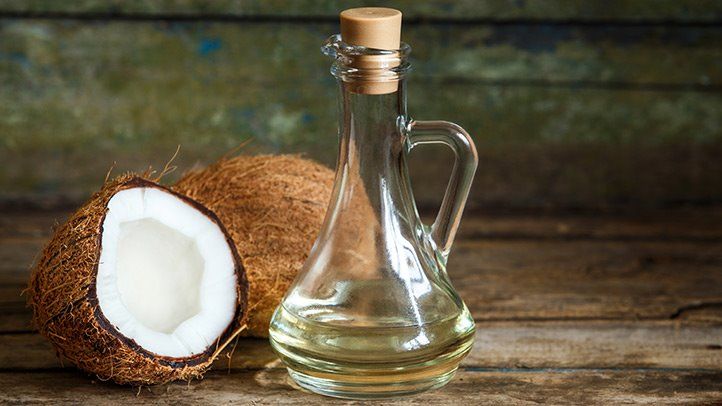
3 Benefits of Coconut Oil for Bacterial Infections
Coconut Oil Has Natural Antimicrobial Properties
One of the most important benefits of coconut oil is that it has natural antimicrobial properties. This means that it can help to fight off infection by killing bacteria and other microorganisms. The lauric acid in coconut oil is especially effective at killing bacteria. A study published in the Journal of Antimicrobial Chemotherapy found that lauric acid was effective at killing a range of bacteria, including Staphylococcus aureus (S. aureus), Escherichia coli (E. coli), and Pseudomonas aeruginosa (P. aeruginosa).
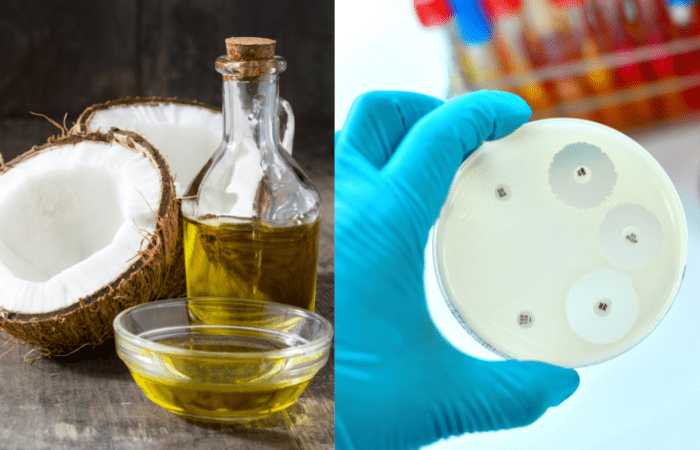
Coconut Oil Can Help to Soothe Skin Irritations
Coconut oil can also be used to soothe skin irritations. The fatty acids in coconut oil can help to reduce inflammation and calm irritated skin. Coconut oil can be applied directly to the skin or added to a bath. A study published in the journal Pharmacognosy Review found that coconut oil was effective at reducing inflammation and itching in people with eczema.
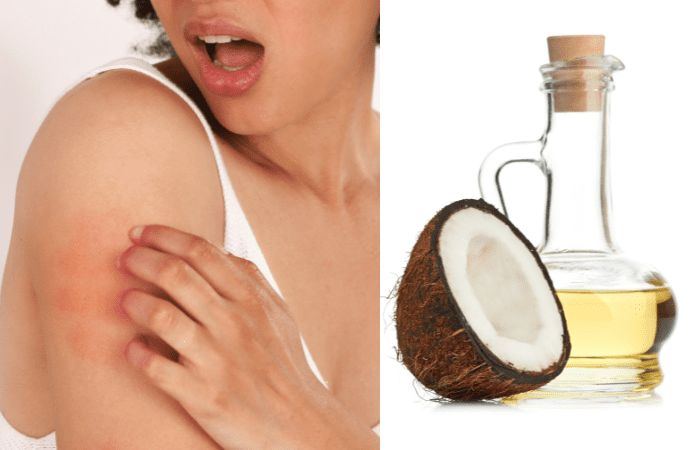
Coconut Oil Can Be Used as a Natural Moisturizer
Coconut oil can also be used as a natural moisturizer. The fatty acids in coconut oil can help to hydrate and nourish the skin. Coconut oil can be applied directly to the skin or added to a bath. A study published in the journal Dermatitis found that coconut oil was effective at hydrating and improving skin barrier function in people with dry skin.
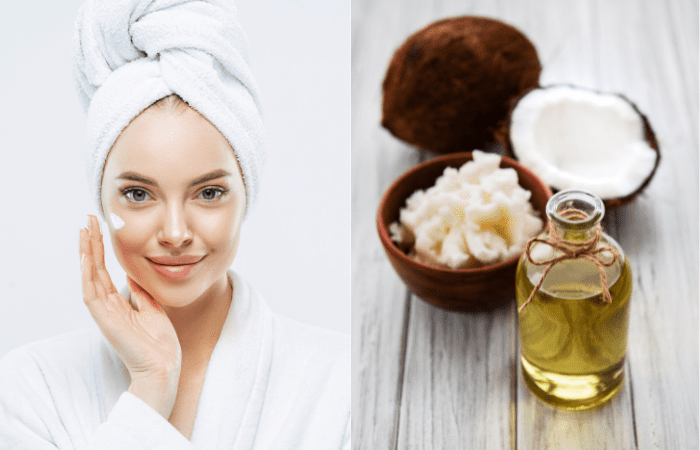
How to Use Coconut Oil to Treat Bacterial Vaginosis
There are two ways you can use coconut oil to treat bacterial vaginosis:
1. Apply it directly to the affected area
2. Add it to your diet
If you choose to apply coconut oil directly to the affected area, simply rub a small amount of it onto your vulva and clitoris 2-3 times per day until symptoms subside (this usually takes a few days). You can also insert coconut oil into your vagina using a clean finger or a tampon applicator. Do this 1-2 times per day until symptoms go away.
If you’d rather add coconut oil to your diet, start by taking one tablespoon per day and gradually increase the amount until you’re taking three tablespoons per day. You can take it straight or add it to food like smoothies, oatmeal, or yogurt.
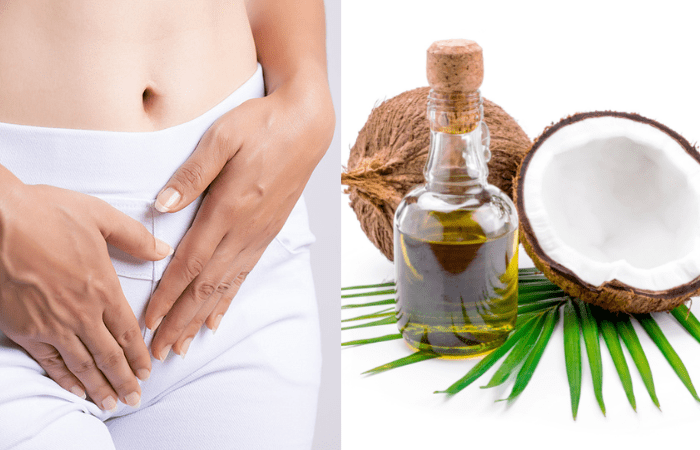
The Side Effects of Coconut Oil for Bacterial Vaginosis
The most common side effect of using coconut oil to treat bacterial vaginosis is an increase in vaginal discharge. This is because the coconut oil will kill off the good bacteria along with the bad bacteria. This can lead to an imbalance in your vaginal flora, which can cause more discharge. Another common side effect is an increase in vaginal odor. This is also due to the imbalance in your vaginal flora. The good bacteria help to keep the bad bacteria in check, and when they’re killed off, the bad bacteria can take over and cause an unpleasant odor.
If you’re thinking about using coconut oil to treat your bacterial vaginosis, it’s important to talk to your doctor first. They can help you weigh the pros and cons and decide if it’s the right treatment for you.

Final Thoughts
Overall, coconut oil is a safe and effective way to treat bacterial infections. The lauric acid in coconut oil is especially effective at killing bacteria. Coconut oil can also help to soothe skin irritations and can be used as a natural moisturizer. If you’re thinking about using coconut oil to treat your bacterial vaginosis, it’s important to talk to your doctor first. They can help you weigh the pros and cons and decide if it’s the right treatment for you.
Frequently Asked Questions (FAQs)
Can coconut oil be used as an antibiotic?
For centuries, people have used coconut oil as a remedy for ailments like cancer, diabetes, diarrhea, dry skin, and psoriasis, and as an antibiotic, antifungal, and antiviral for the treatment of cutaneous infections.
Is coconut oil antifungal or antibacterial?
In addition to having antibacterial, antiviral, antifungal, and antiprotozoal properties, coconut oil's high LA content (40–60%), primarily in the form of free fatty acids and monoglycerides, can also strengthen the immune system.
Is coconut oil good for skin infections?
Coconut oil's lauric acid aids in lowering the number of bacteria, fungi, and viruses on the skin. By doing this, you can reduce the chance of getting an infection from scratching, itchy skin.
Can coconut oil throw off your pH balance?
In contrast to the vagina's naturally acidic pH, coconut oil's high pH makes it alkaline. A woman's vaginal pH equilibrium might be upset by these qualities. This discomfort might lead to yeast infections or other vaginal illnesses.



